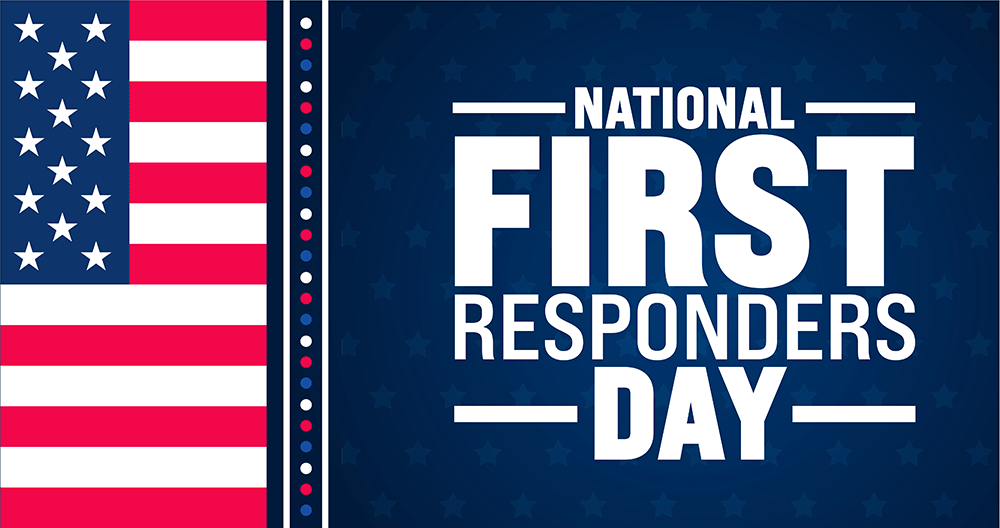October 28 is National First Responders Day, recognizing those trained to respond to emergencies and provide assistance, such police, firefighters, EMTs, paramedics, and 911 dispatchers, as well as people who work in public safety and emergency management.
In the United States, there are an estimated 4.6 million first responders. According to the Substance Abuse and Mental Health Services Administration (SAMHSA), 30% of first responders develop behavioral health conditions, including depression and post-traumatic stress disorder (PTSD) compared with 20% of the general population.
RELATED ARTICLE: Law Enforcement Officer Deaths Increased 55% in 2021
The largest first responder occupations are police and sheriff’s patrol officers, firefighters, and EMTs. Broken down by emergency personnel, 11% of career firefighters report symptoms of depression, 20% of police officers report symptoms of depression, and 37% of medical workers report symptoms of depression.
Police are also 54% more likely to die by suicide than people in non-law enforcement vocation, and emergency medical workers are 24% more likely. In a SAMHSA study about suicidality, firefighters were reported to have higher attempt and ideation rates than the general population. It s estimated that 125 and 300 police officers die by suicide every year.
Resources for First Responders
Barriers often prevent first responders from seeking mental healthcare (Haugen et al. 2017). Barriers can include scheduling appointments, getting time off, and knowing where to get help. Stigmas also prevent many first responders from asking for help, fearing judgment or negative impacts on their careers.
Thankfully, overall discussions of mental health are becoming more commonplace today, even among first responder professions. Campus Safety has shared various resources, data, and editorial articles over the years, oftentimes written first-hand by current or retired first responders. Here are some of those resources for first responders, particularly those who may respond to emergencies on school or healthcare campuses:
- Compassion Fatigue: Your Job Is to Help Others, but Who Is Helping You?
- Who Protects the Protectors After a Critical Incident?
- The Effects of Trauma on Campus First Responders and Staff
- New Approaches to Incident Management that Empower First Responders
- Allegheny IU Security Director Uses First Responder Background to Improve School Safety
Resources for Non-First Responders
For first responders to continue to access mental healthcare without stigma, non-first responders must show their support. Here are some resources and articles that offer ways people can support first responders:
- How to Empower Your Campus Community to Support First Responders
- Joplin Tornado Survivor Offers Tips on Avoiding Disaster Response Burnout
- How Employers Can Improve Frontline Worker Mental Health
- Why Camera Sharing Is Critical for First Responders During School Emergencies
- 5 Crucial RF Code Changes to Protect First Responders
- Providing Law Enforcement Access When and Where They Need It Most Does Not Have To Be Complicated or Expensive
- How Bystanders Can Use Med Tac Training to Save Lives
- 96% of Parents Want Schools to Share Security Camera Feeds with Police During Emergencies
- How AI Technology is Mitigating Hospital Workplace Violence
Thank you to first responders who protect and serve and to those who support them.
If you or someone you care about is struggling with mental health concerns, emotional distress, problematic substance use, or just need someone to talk to, text or call 988 or chat at 988lifeline.org. Caring counselors are available 24/7 to listen, provide judgment-free support, and additional resources.







